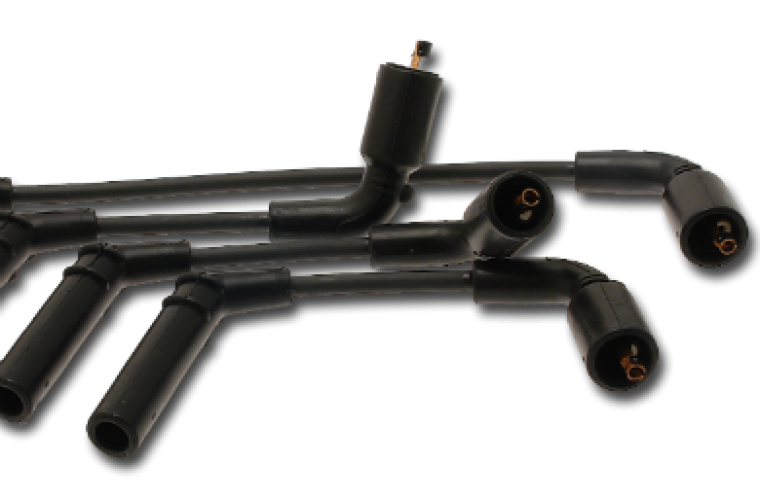Ignition coils provide the thousands of volts needed to ignite the fuel within a vehicle’s petrol or LPG engine.
Over the years, ignition coils have developed from the original oil filled coils to the more common pencil and rail coils that we see on modern applications.
While there have been technological advances, the fundamentals of the coil have remained the same.
All coils use two sets of copper windings which are insulated by enamel around a soft iron core in order to increase the voltage supplied by the vehicle’s battery from around 12V up to 40,000V.
Technological advances have improved the distribution of current to the spark plugs.![]()
Oil filled ignition coils
Oil filled ignition coils require the use of a distributor in order to direct the voltage needed to the relevant spark plugs for the ignition of fuel in the combustion chamber.
This is achieved by the rotor arm in the distributor under its cap.
When the contacts in the base of the distributor create a closed circuit, a current from the battery builds up in the primary winding of the ignition coil.
Current flowing in the coil produces a magnetic field in the core and in the air surrounding it.
When the contact breaker opens, the collapsing of the magnetic field induces a much larger voltage in the secondary section.
The timing of the opening of the contacts must be matched to the position of the piston in the cylinder so that the spark may be timed to ignite the air/fuel mixture.![]()
Block coils
Block coils are used in later ignition systems, acting as both a transformer and distributor.
Most block coils, use a ‘wasted spark’ system where two cylinders are fired at once, igniting the fuel air mixture on the power stroke and the other is wasted on the exhaust stroke.
This is done with two sets of windings.
Using cam and crank position information, the coil cylinders fire using a sequence in which cylinder one and four are fired simultaneously at a precise time, followed by two and three.
The coil is electronically controlled by the ECU.
Both oil filled and block coils require the use of ignition leads to distribute the current, and although oil filled coils are only found in classic cars these days, block coils are still utilised by many vehicles manufactures.![]()
Replacing leads
Ignition leads connect the spark plugs with the coil, enabling the spark plugs to fire – igniting the fuel within the combustion chamber.
Oil, coolant and fuel vapour cause component degradation, leading the plasticisers to escape from the plastics used in the casing.
This results to a brittle lead.
Damage to the lead insulation causes the ignition voltage to flow to ground, resulting in misfiring, rough engine running and unburned fuel in the catalytic converter.
Consequently, technicians should be getting into the habit of regularly inspecting ignition leads and replacing them at the first sign of ageing.
Cambiare offers a complete ignition solution with a range of over 400 ignition coils and around 800 ignition lead sets.
For further information go to the Cambiare catalogue by following the ‘more details’ link below.







